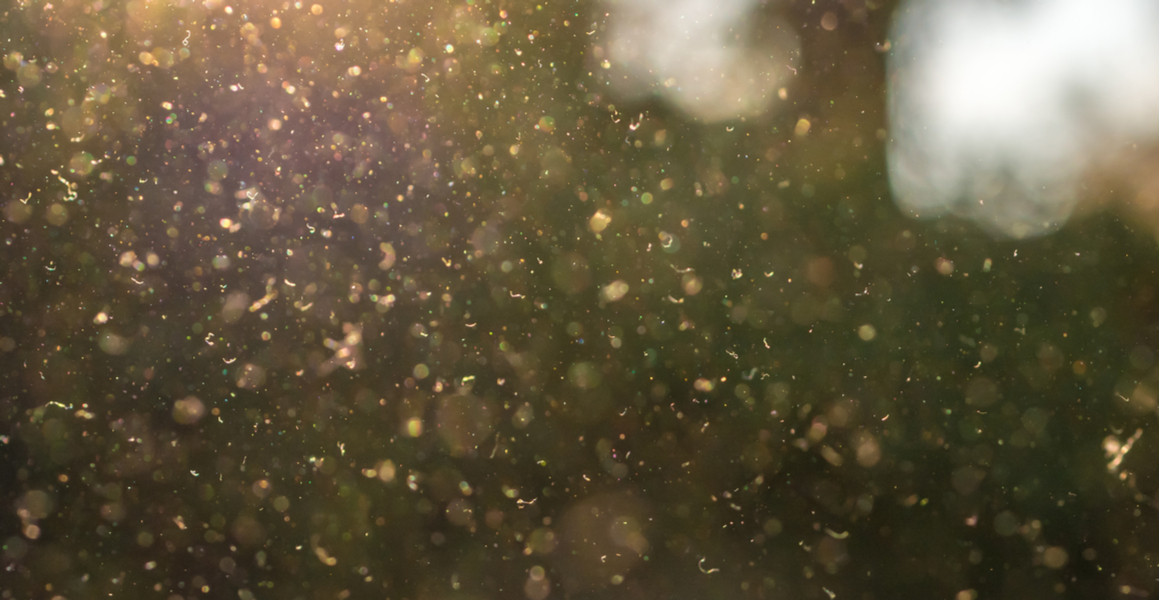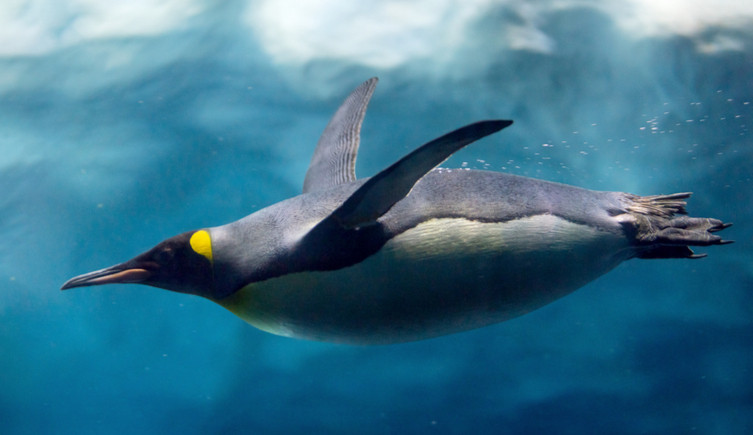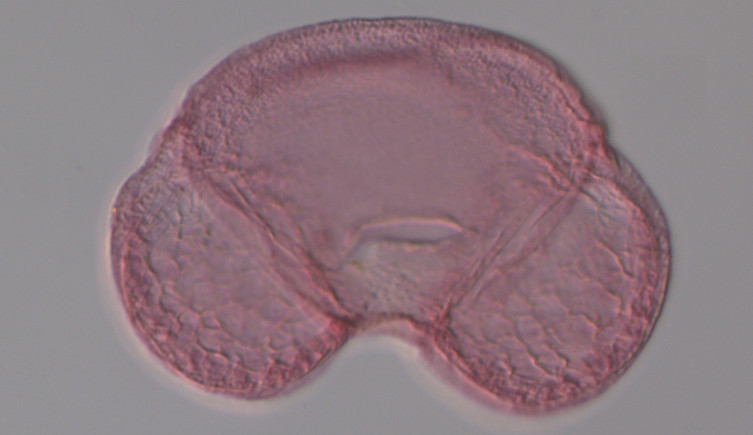A microscopic foam found in pollen could be used to deliver lifesaving drugs, create new materials and clean up the environment.
Nanofoam found in conifer pollen has a range of properties which may make it a useful material for future technologies.

The strength and flexibility of the pollen cell wall allows it to survive after leaving the plant. Image © Ralf Geithe/Shutterstock
A microscopic foam found in pollen could be used to deliver lifesaving drugs, create new materials and clean up the environment.
Nanofoam found in conifer pollen has a range of properties which may make it a useful material for future technologies.
The lining that protects pollen from damage could one day power your car.
Researchers from the Museum, alongside French and German colleagues, found that the walls of conifer pollen contain a naturally occurring 'nanofoam', with pores measuring less than a thousandth of a millimetre across. This material, which had previously only been created artificially, could be used for a range of purposes including the development of cheaper electric car batteries.
Dr Stephen Stukins, co-author and senior curator in micropalaeontology at the Museum, says, 'A biological nanofoam like this hasn't ever been described before.
'Understanding its role in the pollen cell wall is important as it shows how evolution has developed protection for plants that has allowed them to survive mass extinctions and climate fluctuations over time.
'Its properties are also being looked at in the pharmaceutical industry for targeted drug deliveryopens in a new window. While we looked at conifer pollen, which has a very thick wall, flowering plants have much thinner walls that could potentially be useful for different types of drugs. Our findings can feed into that research.'
The nanofoam discovery, published in the journal Science Advancesopens in a new window, adds to knowledge of the potential applications of pollen, which include water purificationopens in a new window, insulation and sensor development.

The feathers of penguins have been studied to inspire more water-resistant fabrics. Image © David Herraez Calzada/Shutterstock
The potential use of pollen's structure in technology is an example of biomimeticsopens in a new window. This is an area of research which focuses on developing new materials, processes and designs inspired by those found in nature.
Biomimetic designs are widespread in a variety of fields, but one of the most well-known is Velcroopens in a new window. Inventor George de Mestral claimed that he was inspired by the hooks of burdock seeds getting stuck on his clothes during a walk in the Alps to develop the fastener.
Nature continues to inspire clothing to this day, with penguin feathers being investigated to develop incredibly waterproof fabrics. Aside from fashion, butterfly wings and seaweed could be used to create everlasting paint, while the wings of dragonflies could help develop 'smart' wings for drones and aircraft.
Pollen has already contributed a potential material for development in the form of sporopolleninopens in a new window. This natural polymer, which has been described as the 'diamond of the plant world', is incredibly resistant to degradation and chemical reactions.
This structure allows pollen, despite its small size, to be preserved in rocks for hundreds of millions of years, offering insights into the structure of ancient plants.
The researchers behind this study wanted to understand further the properties of pollen's extraordinary cell wall. While previous studies of the cell wall have involved damaging it, the team of scientists took advantage of developments in microscope and X-ray imaging technology to look more closely at its structure.

Conifer pollen was found to contain nanofoam, the first material of its kind to be found in nature. Image © Stephen Stukins
To investigate this structure, researchers from the Museum headed to the European Synchrotron Radiation Facility (ESRF) in Grenoble, France. A synchrotron is a type of particle accelerator where the charged particles are used to produce powerful X-rays which can examine objects in minute detail.
They worked alongside a group of materials scientists to investigate the properties of the pollen wall, including its smoothness, flexibility and chemical makeup. These were then compared between modern and fossilised pollen.
The researchers found that the pollen walls contained a significant amount of calcium, which might act to strengthen the cell wall as it does in bone. They also found that the range of flexibilities between ancient and modern pollen was broadly similar, suggesting that the nanofoam can maintain its properties even over 165 million years.
These discoveries wouldn't have been possible without a collaboration between different disciplines of science.
Dr Giles Miller, co-author and Principal Curator of Micropalaeontology at the Museum, says, 'It's very unusual as a palaeontologist to collaborate with other types of scientist in cross disciplinary projects. We're often quite focused on our own subject and area, and so this has been quite eye-opening for us.
'It's come up with some very interesting results that we probably would never have found if we had just done it off our own back.'
Following the discovery of the nanofoam structure, one of the potential applications is a use in sodium-ion batteriesopens in a new window. Similar in design to lithium-ion cells, which are used in everything from electric cars to laptops, the global abundance of sodium would make them a cost-effective way to produce rechargeable batteries.
However, the number of times these batteries can be recharged is much less than those made with lithium. The nanofoam structure of pollen walls could help make sodium batteries more efficient.
'Pollen has been used as the anode in batteries,' Giles explains. 'Its foam structure in the carbon anode allows it to retain some of the sodium ions so that the batteries can operate more efficiently.'
There are also possible roles for nanofoams in hybrid materialsopens in a new window and insulationopens in a new window on the nano scale.
While pollen nanofoam has a promising future, there is still a lot that scientists don't know about it. For instance, while conifers have a nanofoam structure in their pollen, other plants do not.
The scientists hope to answer why this is in addition to questions such as the structure's exact role in pollen.

We're working towards a future where both people and the planet thrive.
Hear from scientists studying human impact and change in the natural world.
Don't miss a thing
Receive email updates about our news, science, exhibitions, events, products, services and fundraising activities. We may occasionally include third-party content from our corporate partners and other museums. We will not share your personal details with these third parties. You must be over the age of 13. Privacy notice.
Follow us on social media